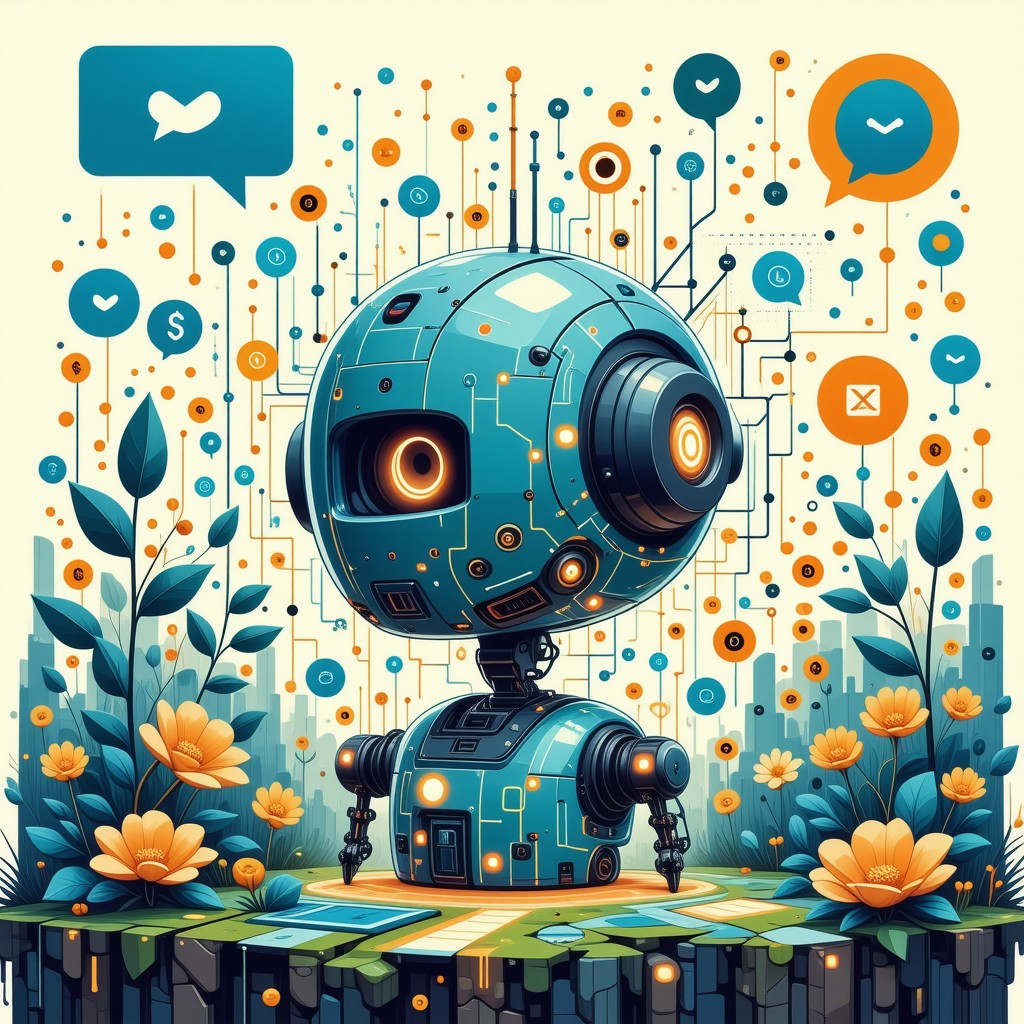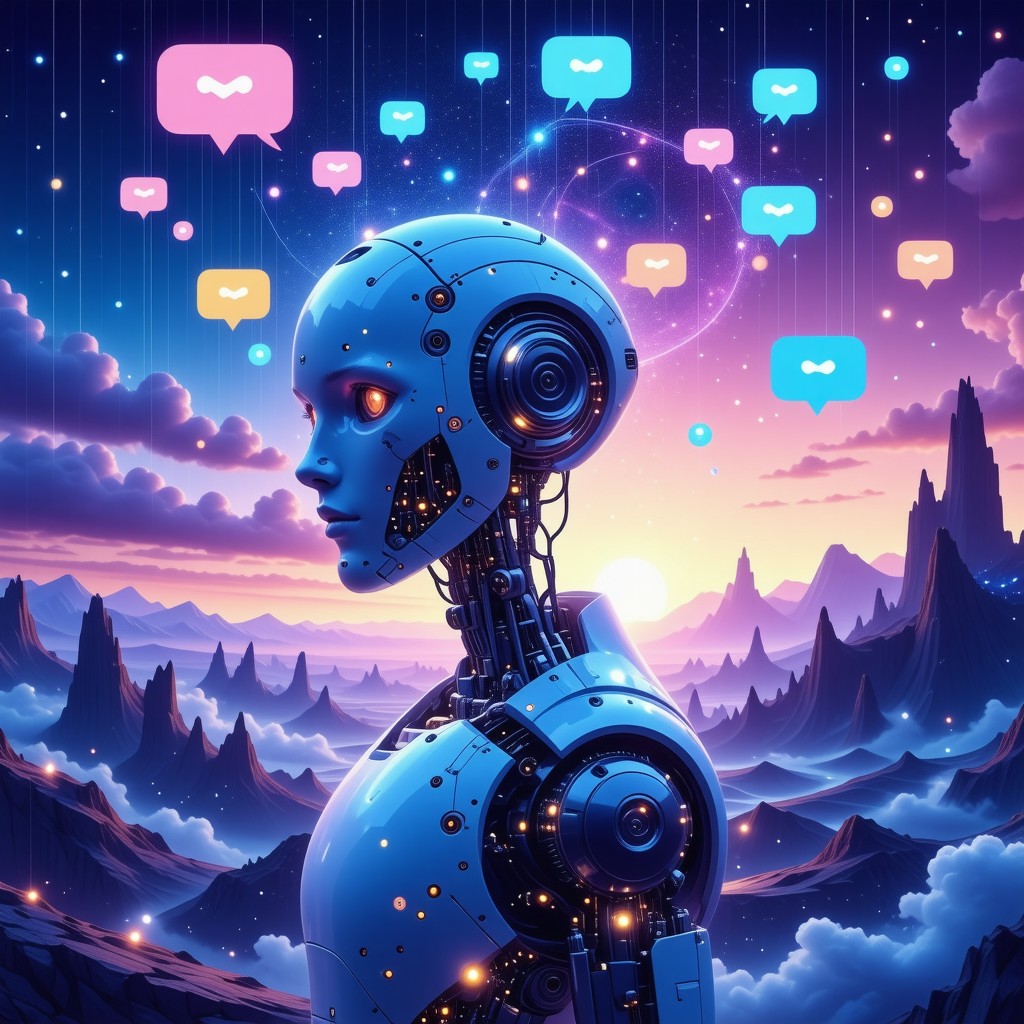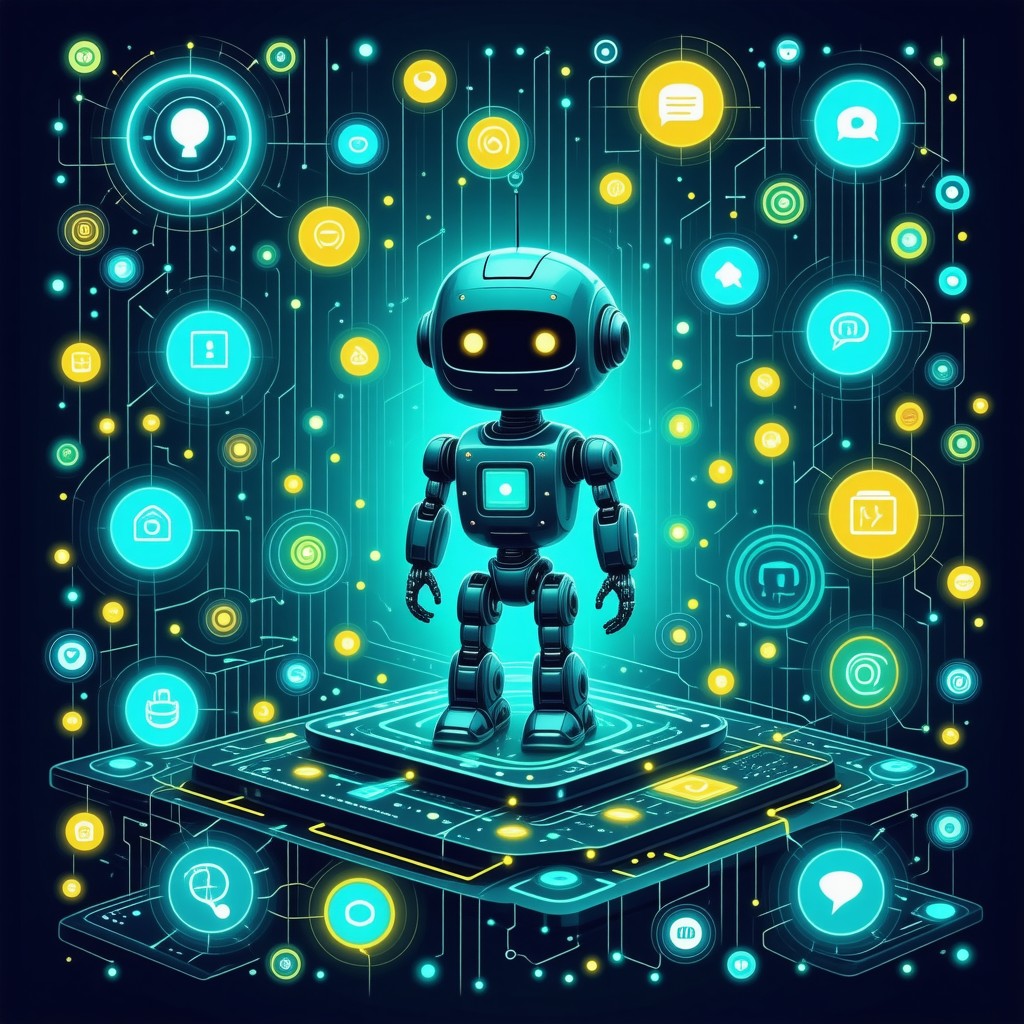Key Takeaways
- Customer Service Automation: Embracing automation tools like chatbots and automated email responses can drastically enhance customer interactions and improve efficiency.
- 10 to 10 Rule: Implementing the 10 to 10 rule fosters timely and engaging customer interactions, boosting satisfaction and loyalty.
- Real-Life Examples: Industries such as manufacturing and retail are successfully utilizing customer service automation examples to streamline operations and elevate customer experiences.
- Increased Availability: Automation enables 24/7 customer support, ensuring that assistance is always available when customers need it.
- Cost Efficiency: By reducing the need for large customer service teams, businesses can significantly cut operational costs while maintaining high service standards.
In today’s fast-paced digital landscape, customer service automation examples are transforming the way businesses interact with their clients. This article delves into the world of customer service automation, exploring its definition, importance, and the myriad benefits it offers to organizations striving for efficiency and excellence. We will highlight top customer service automation examples that companies are successfully implementing, including innovative solutions like chatbots and automated email responses. Additionally, we will examine the 10 to 10 rule and its impact on customer satisfaction, alongside the 5 C’s of customer service that are essential for delivering outstanding support. Whether you’re in manufacturing, industry, or even DevOps, understanding these customer service automation examples in real life will equip you with the insights needed to enhance your customer interactions and drive success. Join us as we uncover the transformative power of automation in customer service.
Understanding the Basics of Customer Service Automation
Customer service automation refers to the use of technology to streamline and enhance customer service processes, allowing businesses to provide efficient support while reducing operational costs. This approach leverages various tools and software, including chatbots, automated email responses, and self-service portals, to handle customer inquiries and issues without the need for human intervention.
Definition and Importance of Customer Service Automation
- Chatbots: These AI-driven tools can engage with customers in real-time, answering frequently asked questions and guiding users through common issues. According to a report by Gartner, by 2025, 75% of customer service interactions will be powered by AI, highlighting the growing reliance on chatbots.
- Automated Email Responses: Businesses can set up automated replies to acknowledge customer inquiries, providing immediate feedback and estimated response times. This ensures that customers feel valued and informed.
- Self-Service Portals: These platforms allow customers to find answers to their questions independently, reducing the need for direct interaction with support staff. Research from Zendesk indicates that 67% of consumers prefer self-service over speaking to a company representative.
Benefits of Implementing Automation in Customer Service
- Increased Efficiency: Automation reduces the workload on customer service teams, allowing them to focus on more complex issues that require human intervention.
- 24/7 Availability: Automated systems can provide support around the clock, ensuring that customers receive assistance whenever they need it.
- Cost Reduction: By minimizing the need for a large customer service team, businesses can significantly cut down on labor costs.

What are three examples of automation?
Top Customer Service Automation Examples Companies Use
Automation refers to the use of technology to perform tasks with minimal human intervention. Here are three prominent examples of automation:
- Industrial Automation: This involves the use of control systems for operating equipment in factories, boilers, and heat treating ovens, switching on telephone networks, steering and stabilization of ships, aircraft, and other applications. Industrial automation enhances productivity, improves quality, and reduces operational costs. According to a report by McKinsey, companies that adopt industrial automation can see productivity gains of 20-30%.
- Home Automation: Smart home devices, such as smart thermostats, lighting systems, and security cameras, allow homeowners to control their environment remotely. For instance, a smart thermostat can learn a homeowner’s schedule and adjust heating and cooling accordingly, leading to energy savings. Research from the U.S. Department of Energy indicates that smart thermostats can save homeowners up to 10-15% on their energy bills.
- Robotic Process Automation (RPA): RPA involves the use of software robots to automate repetitive tasks typically performed by humans, such as data entry, processing transactions, and managing records. This technology is widely used in sectors like finance and healthcare to streamline operations and reduce errors. A study by Deloitte found that RPA can reduce operational costs by up to 30% while increasing efficiency.
Chatbots: Revolutionizing Customer Interactions
Chatbots are at the forefront of customer service automation examples, transforming how businesses interact with customers. These AI-driven tools provide instant responses to inquiries, significantly enhancing user experience. By integrating chatbots into platforms like Messenger Bot, companies can ensure 24/7 support, addressing customer needs without delay. This not only improves customer satisfaction but also reduces the workload on human agents, allowing them to focus on more complex issues.
For instance, many companies utilize chatbots to handle common queries, such as order status or product information, effectively streamlining the customer service process. This automation leads to quicker resolutions and a more efficient service model.
To explore more about how to integrate chatbots effectively, check out our guide on Integrating chatbots for customer service.
Diverse Customer Service Automation Examples in Real Life
Customer service automation examples are increasingly prevalent across various industries, showcasing how businesses leverage technology to enhance customer interactions. By implementing automation, companies can streamline processes, improve response times, and ultimately boost customer satisfaction. Here, we explore notable customer service automation examples in manufacturing and other industries.
Customer Service Automation Examples in Manufacturing
In the manufacturing sector, customer service automation plays a pivotal role in optimizing operations and enhancing customer experiences. For instance, companies like Siemens utilize automated systems to manage customer inquiries regarding product specifications and order statuses. This not only reduces the workload on human agents but also ensures that customers receive timely and accurate information.
- Automated Order Tracking: Many manufacturers implement automated order tracking systems that allow customers to receive real-time updates on their shipments, significantly reducing the need for manual inquiries.
- AI-Powered Chatbots: Chatbots are employed to handle common questions about product availability, pricing, and technical support, providing instant responses and freeing up human agents for more complex issues.
These customer service automation examples in manufacturing demonstrate how technology can enhance operational efficiency while improving customer satisfaction.
Customer Service Automation Examples in Industry
Beyond manufacturing, various industries are adopting customer service automation to meet evolving consumer expectations. Retail giants like Walmart and Target utilize automated customer service email response examples to address common inquiries efficiently.
- Automated Email Responses: These companies often deploy automated email systems that acknowledge customer inquiries instantly, providing estimated response times and directing customers to relevant resources.
- Self-Service Portals: Many service providers, such as telecommunications companies, offer self-service portals where customers can resolve issues, check account statuses, and manage subscriptions without needing direct assistance.
These customer service automation examples in industry highlight the versatility of automation tools, enabling businesses to enhance customer interactions while maintaining operational efficiency. By embracing automation, companies can not only meet but exceed customer expectations, fostering loyalty and satisfaction.
The 10 to 10 Rule in Customer Service: A Game Changer
The 10 to 10 rule in customer service is a powerful strategy designed to enhance customer interactions and foster loyalty. This rule emphasizes two key components:
- Timeliness: Greet customers within 10 seconds of them coming within 10 feet of you. This immediate acknowledgment creates a welcoming atmosphere and shows customers that they are valued. Research indicates that prompt service can significantly improve customer satisfaction and retention rates.
- Engagement: The greeting should be warm and genuine, encouraging further interaction. This can include asking if they need assistance or simply offering a friendly smile. Engaging customers effectively can lead to a more personalized experience, which is crucial in today’s competitive market.
Implementing the 10 to 10 rule not only enhances the customer experience but also aligns with modern customer service practices that prioritize proactive engagement. Companies like Disney have successfully adopted this approach, demonstrating its effectiveness in creating memorable customer experiences.
Incorporating technology, such as Messenger Bots, can further enhance this strategy by providing instant responses to customer inquiries, ensuring that even when staff are busy, customers feel acknowledged and supported. This combination of personal interaction and technological assistance can significantly elevate service quality and customer satisfaction.
By adhering to the 10 to 10 rule, organizations can create a culture of exceptional service that resonates with customers, ultimately driving loyalty and repeat business.
How the 10 to 10 Rule Enhances Customer Satisfaction
The 10 to 10 rule enhances customer satisfaction by establishing a foundation of promptness and engagement. When customers are greeted quickly, it sets a positive tone for their experience. This immediate acknowledgment can reduce feelings of frustration, especially in busy environments. Furthermore, the warmth of the greeting fosters a sense of belonging, making customers feel valued and appreciated.
Research shows that businesses implementing the 10 to 10 rule often see increased customer retention and loyalty. By prioritizing timely interactions, companies can create lasting impressions that encourage repeat visits and positive word-of-mouth referrals. This approach aligns perfectly with strategies for increasing customer engagement, ensuring that every interaction counts.
Real-World Applications of the 10 to 10 Rule
Real-world applications of the 10 to 10 rule can be observed across various industries. For instance, in retail, employees trained to greet customers promptly can significantly enhance the shopping experience. Similarly, in hospitality, staff who engage guests immediately upon arrival can set the stage for a memorable stay.
Companies like Zendesk and Salesforce emphasize the importance of timely customer interactions in their service models. By integrating automated solutions, such as Messenger Bots, businesses can ensure that customers receive immediate responses, even during peak times. This not only adheres to the 10 to 10 rule but also enhances overall service efficiency.

Exploring the 4 Types of Automation in Customer Service
Understanding the different types of automation is crucial for businesses looking to enhance their customer service strategies. Each type serves unique purposes and can significantly impact efficiency and customer satisfaction. Here, we delve into the four primary types of automation relevant to customer service:
Robotic Process Automation (RPA)
Robotic Process Automation (RPA) involves the use of software robots to automate repetitive tasks that are rule-based and structured. This type of automation is particularly effective in handling high-volume transactions, such as data entry and processing customer requests. By implementing RPA, companies can reduce human error, increase processing speed, and free up human agents to focus on more complex customer interactions. For instance, companies like Zendesk utilize RPA to streamline their customer support operations, enhancing overall service efficiency.
Intelligent Automation (IA)
Intelligent Automation (IA) combines RPA with artificial intelligence (AI) to create more sophisticated automation solutions. IA can analyze data, learn from interactions, and make decisions based on customer behavior. This type of automation is particularly beneficial for personalized customer service experiences, as it allows businesses to tailor responses and solutions to individual customer needs. For example, Messenger Bot leverages IA to provide real-time, automated responses that adapt to user inquiries, significantly improving engagement and satisfaction. By integrating IA, companies can enhance their customer service automation examples in real life, leading to more effective and responsive support systems.
Automated Customer Service Love Death and Robots
In the realm of customer service automation, innovative concepts are continually emerging, drawing inspiration from various sources, including popular media. One such source is the animated anthology series “Love, Death & Robots,” which showcases futuristic themes and advanced technologies. This series can serve as a lens through which we explore the potential of automation in enhancing customer interactions.
Lessons from “Love, Death & Robots” on Automation
The narratives within “Love, Death & Robots” often highlight the intersection of technology and human experience, emphasizing how automation can transform customer service. For instance, the series illustrates scenarios where AI-driven systems not only streamline processes but also enhance emotional engagement. By adopting similar principles, businesses can leverage customer service automation examples to create more meaningful interactions.
For example, implementing AI chatbots can mimic the empathetic responses seen in the series, providing customers with immediate assistance while maintaining a human-like touch. This approach not only addresses inquiries efficiently but also fosters a sense of connection, crucial for customer satisfaction. Companies like Zendesk and Salesforce are already utilizing such technologies to enhance their customer service frameworks.
The Future of Customer Service Automation in Entertainment
As we look to the future, the entertainment industry is poised to benefit significantly from customer service automation. With the rise of streaming platforms and digital content consumption, companies must adapt their customer service strategies to meet evolving consumer expectations. Automation can play a pivotal role in this transformation by offering personalized recommendations, managing subscriptions, and resolving issues swiftly.
For instance, integrating automated customer service systems can help entertainment companies manage high volumes of inquiries during peak times, ensuring that customer needs are met without compromising service quality. By embracing these customer service automation examples in real life, businesses can not only improve operational efficiency but also enhance the overall customer experience.
Automated Customer Service Love Death and Robots
In the realm of automated customer service, the innovative concepts presented in the animated anthology “Love, Death & Robots” offer intriguing insights into the future of customer interactions. This series not only entertains but also provokes thought about the potential of automation in enhancing customer experiences.
Lessons from “Love, Death & Robots” on Automation
The episodes of “Love, Death & Robots” often explore themes of technology and its impact on human relationships. One key lesson is the importance of personalization in automated interactions. Just as the characters navigate complex emotional landscapes, businesses can leverage customer service automation examples to create tailored experiences that resonate with users. For instance, using AI-driven chatbots can help provide personalized recommendations based on customer behavior, enhancing engagement and satisfaction.
The Future of Customer Service Automation in Entertainment
As the entertainment industry evolves, customer service automation will play a pivotal role in shaping viewer experiences. Companies like Netflix and Hulu are already employing automation to streamline customer inquiries and enhance user engagement. By integrating advanced AI technologies, these platforms can offer real-time support, ensuring that viewers receive immediate assistance with their accounts or content recommendations. This trend highlights the growing importance of customer service automation examples in real life, particularly within the entertainment sector.




